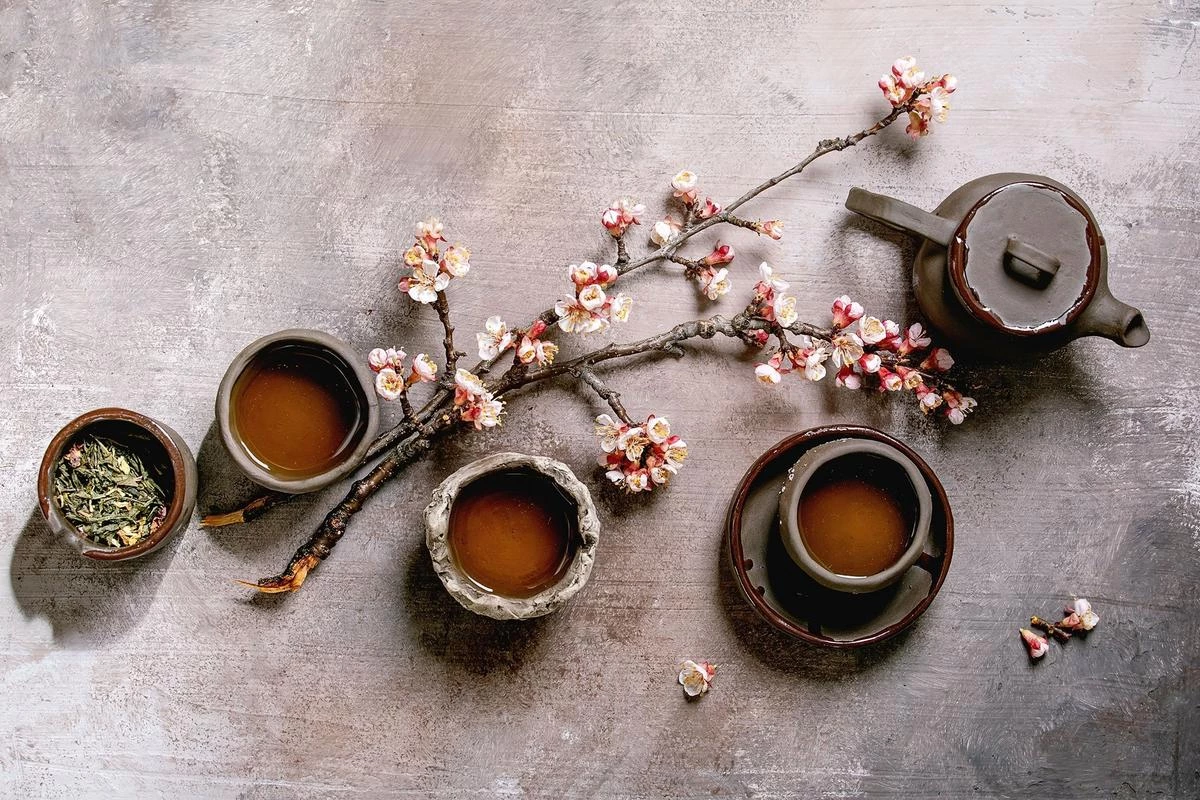
Embrace a happier home and self by adopting these traditional Japanese principles that will both challenge your current beliefs and routines but also help you appreciate the simple things in life
Ikigai: A reason for being

‘Iki’ in Japanese means ‘life,’ and ‘gai’ means ‘value or worth,’ so the idea of ‘Ikigai’ is essentially self-explanatory. The Japanese believe that everyone has a reason for existing and a purpose, and they employ Ikigai to help people discover what they are supposed to do. They aim to choose daily actions that add value to their lives, are in line with their passions and the needs of the world, and attribute their longevity and happiness to Ikigai.
According to Japanese psychologist Michiko Kumano, the state of well-being brought on by devotion to joyful activities and leading to a sense of fulfillment is known as ikigai. It is thought that those with a purpose are more common in Japan.
Your ikigai is what gets you up every morning and keeps you going.
Ho-Ren-So: Communicate and co-operate

Ho-Ren-So translates as “report, inform, and consult.”
In a Japanese organization, the idea serves as the cornerstone for all types of communication, teamwork, and beneficial information exchange. It puts an emphasis on improving communication between parties, streamlining information flow, and averting problems in the future.
Also read: Things To Consider Before Dating An Older Man: A Comprehensive Guide
According to the Japanese perspective, the Ho-Ren-So promotes subordinate employee connections through cooperation and communication and offers a platform for the subordinate to learn from their superior.
Encouragement to report faults and problems right away is a beneficial practice. The cost of a problem that is not disclosed might be substantial, even if a remedy cannot be discovered.
Shikita Ga Nai: Acceptance and letting go

It cannot be helped, according to this concept’s definition. Something that we have all gotten accustomed to hearing as suggestions and advice from others around us, but Japanese people really make an effort to incorporate it into their lives.
It alludes to the skill of letting go of what you cannot control, similar to the French proverb “C’est La Vie” or “Que Sera Sera.”
Wabi Sabi: Admiring imperfection

This age-old Japanese philosophy basically advocates accepting life’s flaws and learning to appreciate them.
One of the demands of being perfect is alleviated by this belief. Instead of wishing for perfection or more, it suggests accepting who you are and how your life is right now.
The idea of wabi-sabi exhorts us to accept life’s inherent cycles and our faults.
Everything in life is in a constant state of change, including us. Everything is temporary, nothing is ever finished, and change is the only constant.
We learn to be appreciative and welcoming and to aim for quality rather than perfection by engaging in wabi-sabi.
Gaman: Dignity during duress

Gaman translates to bearing hardship and the intolerable with patience and dignity, this idea is quite comparable to that of having a high threshold for tolerance and patience.
It encourages the mindset of remaining composed under pressure and remaining resilient even under the most trying circumstances.
Also read: Striking The Right Balance: Navigating Potential Heart Health Risks Of Intense Exercise
Oubaitori: Never comparing oneself

This Japanese idiom refers to the idea of never feeling the need to judge yourself against others.
Its roots are in the kanji for the four spring-blooming trees, cherry, plum, apricot, and peach, which served as its inspiration. It means that just as each flower opens up in its own time, each person has a unique journey ahead of them.
Kaizen

It is a Japanese expression that indicates improvement for the better or constant change.
It is made composed of the two terms “kai” and “zen,” which together indicate “good” and “change,” and is frequently utilized as a business concept.
It promotes continuous improvement and holds that even minor adjustments can have a significant positive impact on your life over time.
The continuous improvement technique known as kaizen is founded on the idea that even little, ongoing improvements can have a big impact.
Kaizen serves as a reminder to let go of expectations and perfection. It encourages us to approach change gradually and iteratively. To develop positive habits and reach excellence, this idea is essential.
Shu Ha Ri

The stages of learning for a pupil are referred to as Shu Ha Ri in Japanese.
The meaning of Shu Ha Rai is “the teacher will appear when the student is ready.” According to the Tao Te Ching, “the teacher will vanish when the student is truly ready.”
It is a way of thinking about how to learn and master a technique. There are 3 stages to acquiring knowledge:
Shu: Study the fundamentals by adhering to one master’s instructions. In this level, imitation of renowned masters’ work is also acceptable.
Ha, start trying, absorb knowledge from experts, and use what you’ve learned.
Ri: At this stage, the emphasis is on creativity and applying what has been learned in various contexts.
Mono no aware

Empathy toward objects and their unavoidable passing is described by this idea.
Nothing in life is permanent, as this idea serves to remind us. We need to graciously and voluntarily let go of our ties to fleeting things.
Yuugen: Observing beauty in the unseen

The Japanese word “yuugen” (which translates to “mysterious profundity”) describes a profound sense of the beauty of the universe that is beyond words to describe. Thus, it is the beauty we experience in a thing or a person even though it isn’t true beauty in the traditional sense of the word. Its aesthetic views subtlety and elusiveness as intrinsically beautiful and appreciates the ability to evoke rather than plainly declare.
Kintsugi: The art of golden repair

The Japanese technique of “kintsugi,” which translates as “golden journey,” and “kintsukuroi,” which means “golden repair,” is most often associated with the patching up of cracked pottery using gold or silver lacquer. As a result of the celebration of its imperfections, the final product is breathtaking. Kintsugi is an art form that derives from the wabi-sabi philosophy, which values imperfection. This viewpoint can assist us in accepting our personal defects as embellishments that make objects and people even more attractive because the word itself alludes to the golden trips we have all taken. The idea has served as inspiration for numerous artists, who have incorporated this kind of art into their creations.
To read more such news, download Bharat Express news apps




















